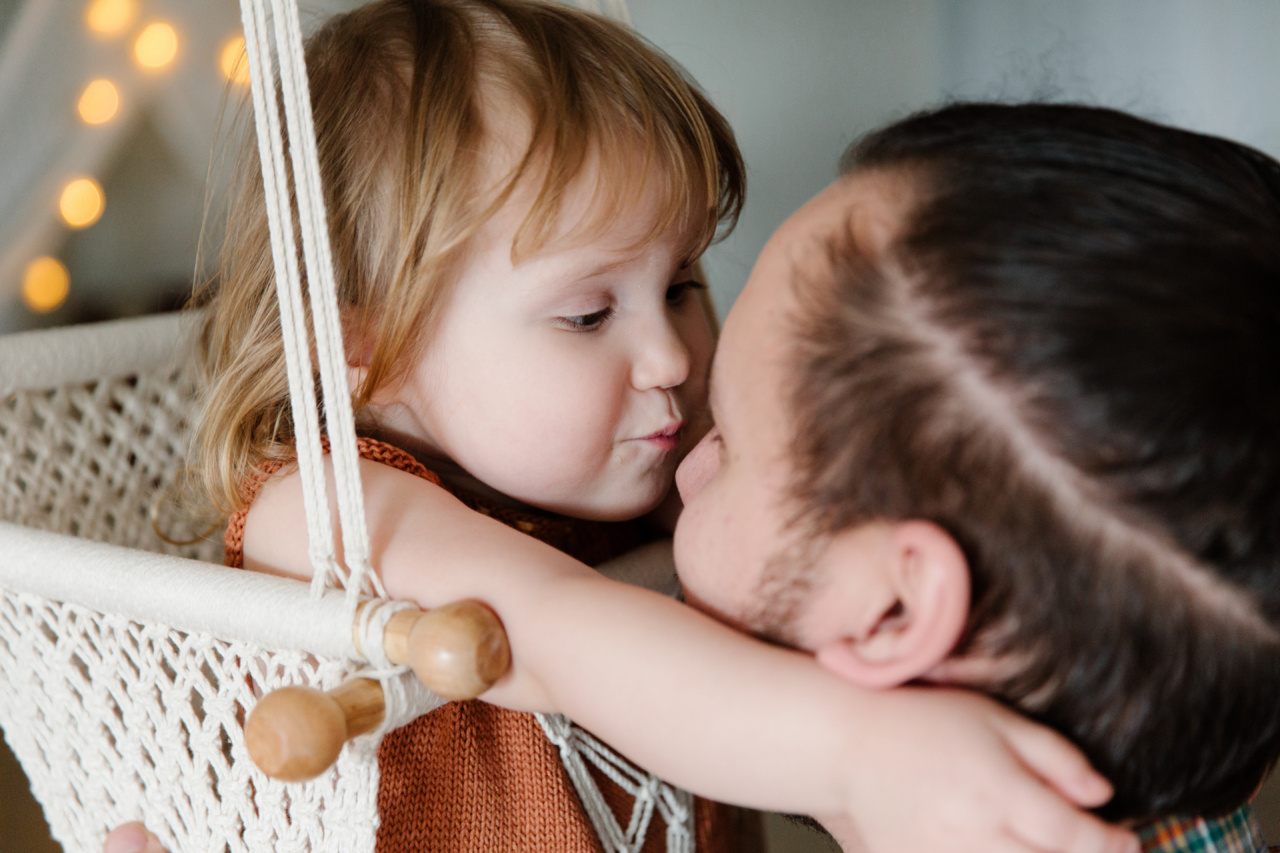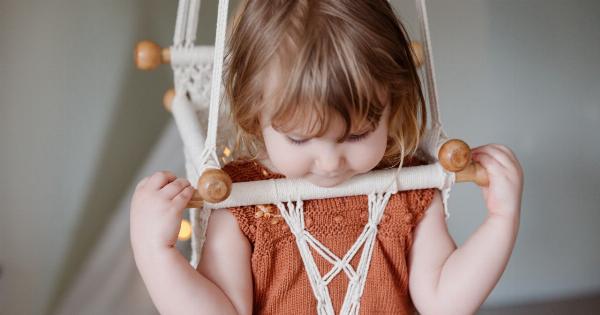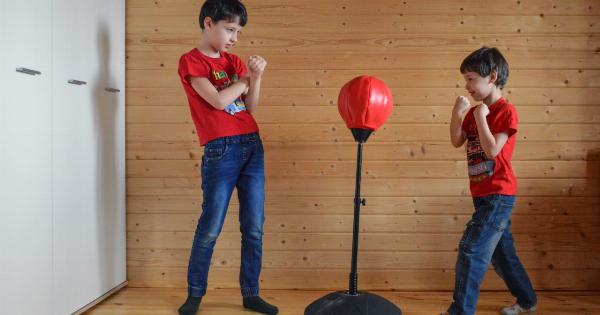Transitioning your little one from the swing to the bed is an important milestone, signaling their growth and development.
While the swing has provided a safe and soothing space for your baby, it’s essential to transition them to the bed as they continue to grow. In this article, we will discuss what to look for during this transition, including safety considerations, sleep patterns, establishing a bedtime routine, and more.
Let’s dive in and explore valuable tips and strategies for a smooth transition from the swing to the bed.
1. Safety Considerations
Safety should be your top priority during the transition from the swing to the bed. Here are some key points to consider:.
– Choose a crib or toddler bed that meets the safety standards, including proper ventilation and sturdy construction.
– Ensure that the mattress is firm and snugly fits the bed frame to prevent the risk of suffocation or entrapment.
– Remove any soft bedding, such as pillows, blankets, or stuffed animals, that could pose a suffocation hazard.
– Place the bed away from window blinds or cords to avoid potential strangulation hazards.
2. Understanding Sleep Patterns
Understanding your baby’s sleep patterns can help you establish a successful transition from the swing to the bed. Consider the following:.
– Newborns typically require more frequent nighttime feedings and shorter sleep durations.
– As babies grow, they start developing more consolidated sleep patterns, with longer periods of sleep at night.
– Be prepared for some potential sleep disruptions during the transition period, as babies may take some time to adjust to the new sleeping environment.
3. Establishing a Bedtime Routine
A consistent bedtime routine can greatly aid in the transition from the swing to the bed. Here’s how to establish one:.
– Choose a set of calming activities before bedtime, such as a warm bath, gentle massage, or reading a bedtime story.
– Stick to a consistent schedule, aiming for a regular bedtime each night, which helps signal to your baby that it’s time to sleep.
– Create a soothing sleep environment with dimmed lights and a comfortable temperature.
4. Introducing Sleep Associations
Sleep associations can help your baby feel secure and transition smoothly to their bed. Consider the following techniques:.
– Encourage your baby to develop positive associations with their bed by associating it with comfort and reassurance.
– Use familiar sleep aids, such as a favorite pacifier, blanket, or stuffed toy, to provide a sense of security.
– If your baby is used to the gentle motion of the swing, replicate it by swaying them gently in your arms or using a rocking chair before placing them in bed.
5. Gradual Transitioning
It’s best to transition your baby gradually from the swing to the bed to ease the adjustment. Here’s how:.
– Start by placing their swing next to the bed, allowing them to sleep in the swing but gradually reducing the swing’s motion.
– Gradually decrease the time your baby spends in the swing, while increasing their time in the bed, until they are fully comfortable sleeping in the new environment.
– Be patient during the process, as it may take some time for your little one to adjust to the absence of the swinging motion.
6. Sleep Training Techniques
Sleep training techniques can be useful during the transition from the swing to the bed. Consider the following methods:.
– The “Cry It Out” method involves allowing your baby to self-soothe and fall asleep on their own, gradually helping them learn to sleep in their bed without relying on external stimulation.
– The “Fading” method involves slowly reducing the sleep associations, such as motion or being held, while encouraging your baby to learn how to self-soothe and sleep independently.
– The “Pick-Up, Put-Down” method involves picking up your baby when they start to cry, providing comfort, and putting them back down when they are calm, gradually decreasing the amount of time you hold and soothe them each night.
7. Patience and Consistency
Transitioning from the swing to the bed requires patience and consistency. Keep the following in mind:.
– Be patient with your baby, as it may take time for them to adjust to the new sleeping environment.
– Consistently follow the established bedtime routine to signal to your baby that it’s time to sleep.
– Consistency is key when applying sleep training techniques, as it helps your baby learn and establish healthy sleep patterns.
8. Seeking Professional Guidance
If you’re facing challenges during the transition process or need additional support, consider seeking professional guidance from a pediatrician or a sleep consultant.
They can provide tailored advice and strategies based on your baby’s specific needs and help you navigate any difficulties you may encounter.
9. Monitoring and Observing
Monitor your baby’s sleep patterns and observe their behavior during the transition period. Look out for the following:.
– Notice any signs of discomfort, such as restlessness, excessive crying, or refusal to sleep in the bed.
– Keep track of their sleep durations and note any changes or improvements over time.
– Pay attention to how your baby responds to different sleep training techniques and adjust accordingly.
10. Celebrating Milestones
Finally, remember to celebrate the milestones your baby achieves during this transition process. Every step forward is a significant accomplishment.
Cherish the journey and continue providing a safe and loving environment for your little one as they grow and thrive in their new sleeping routine.






























